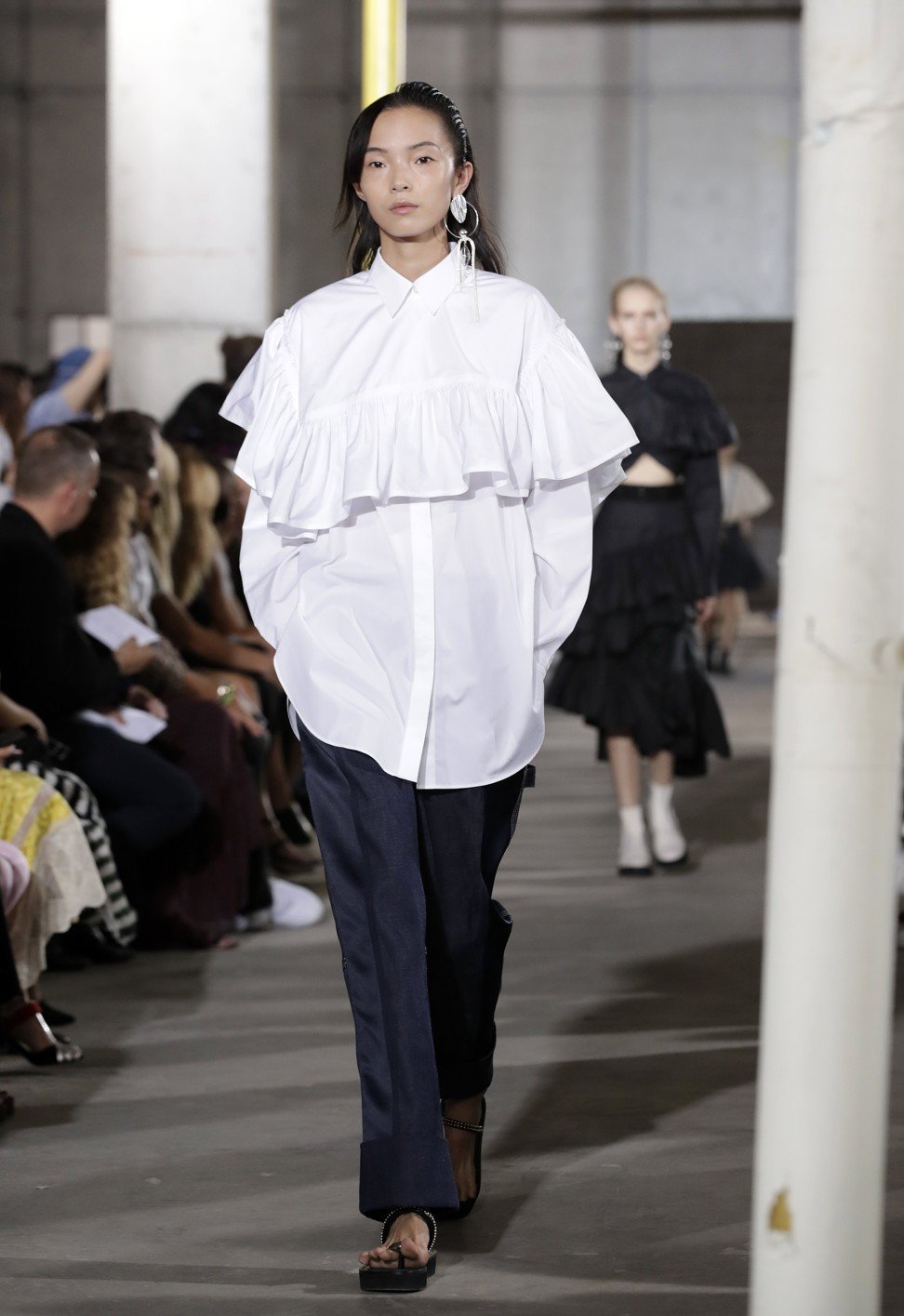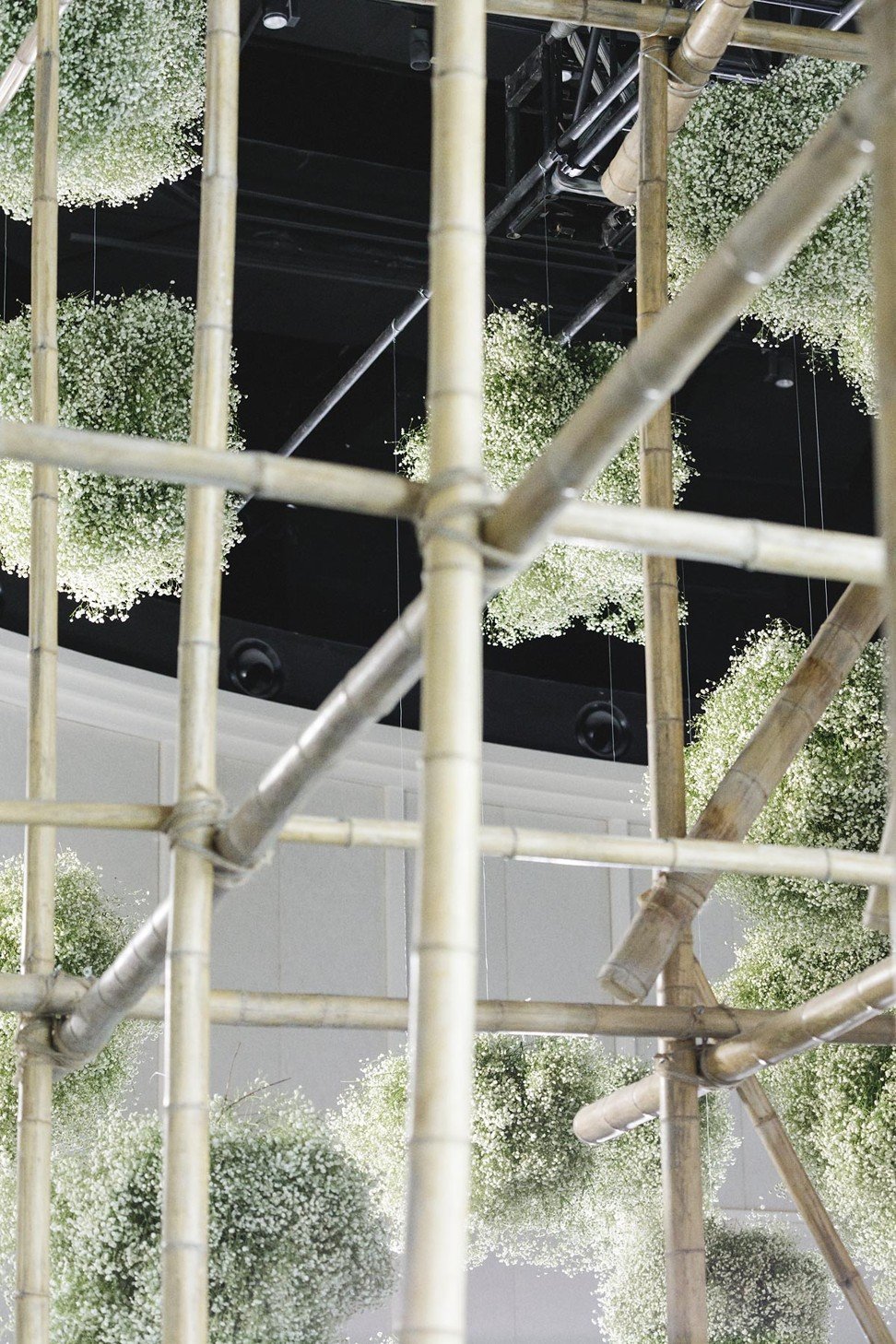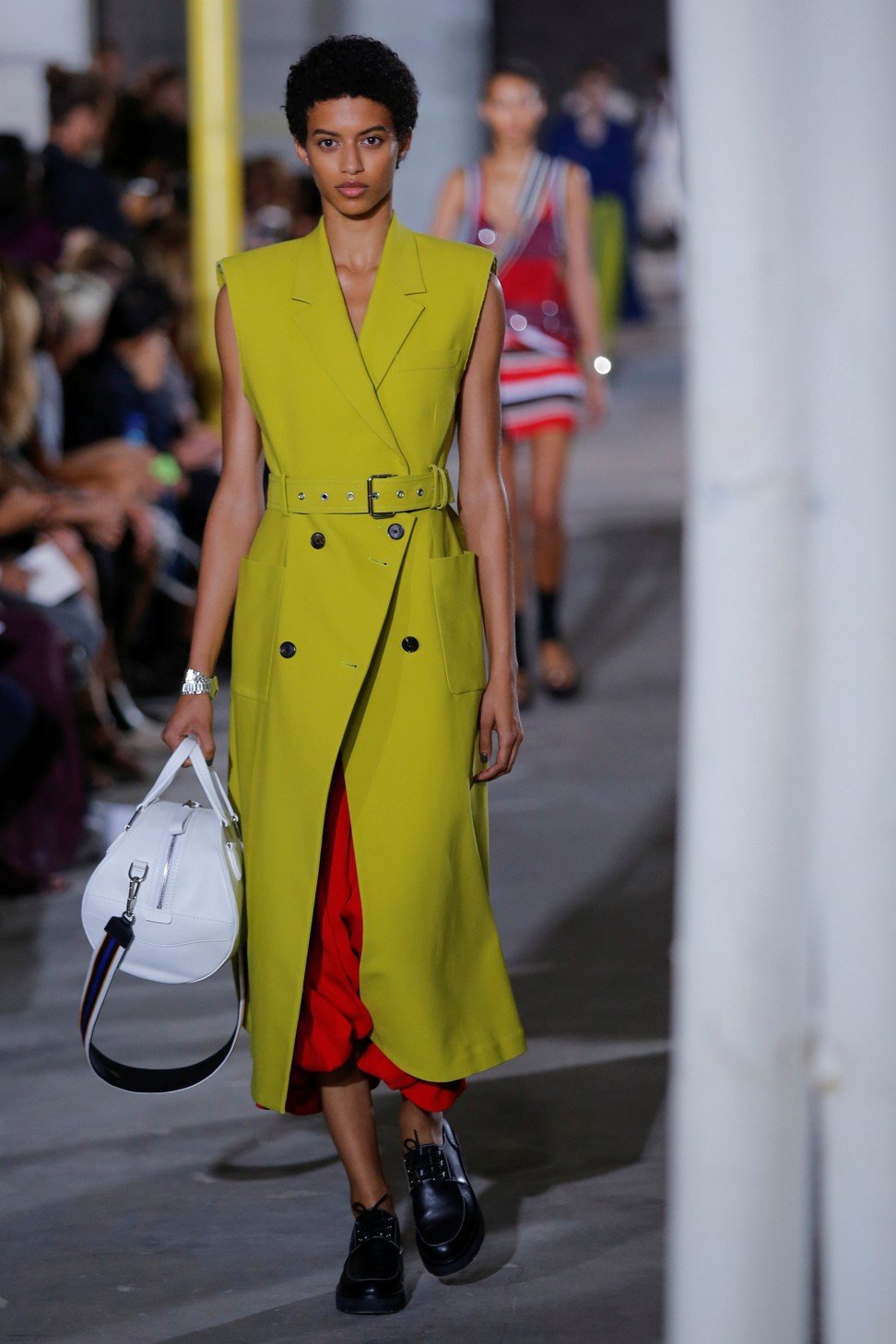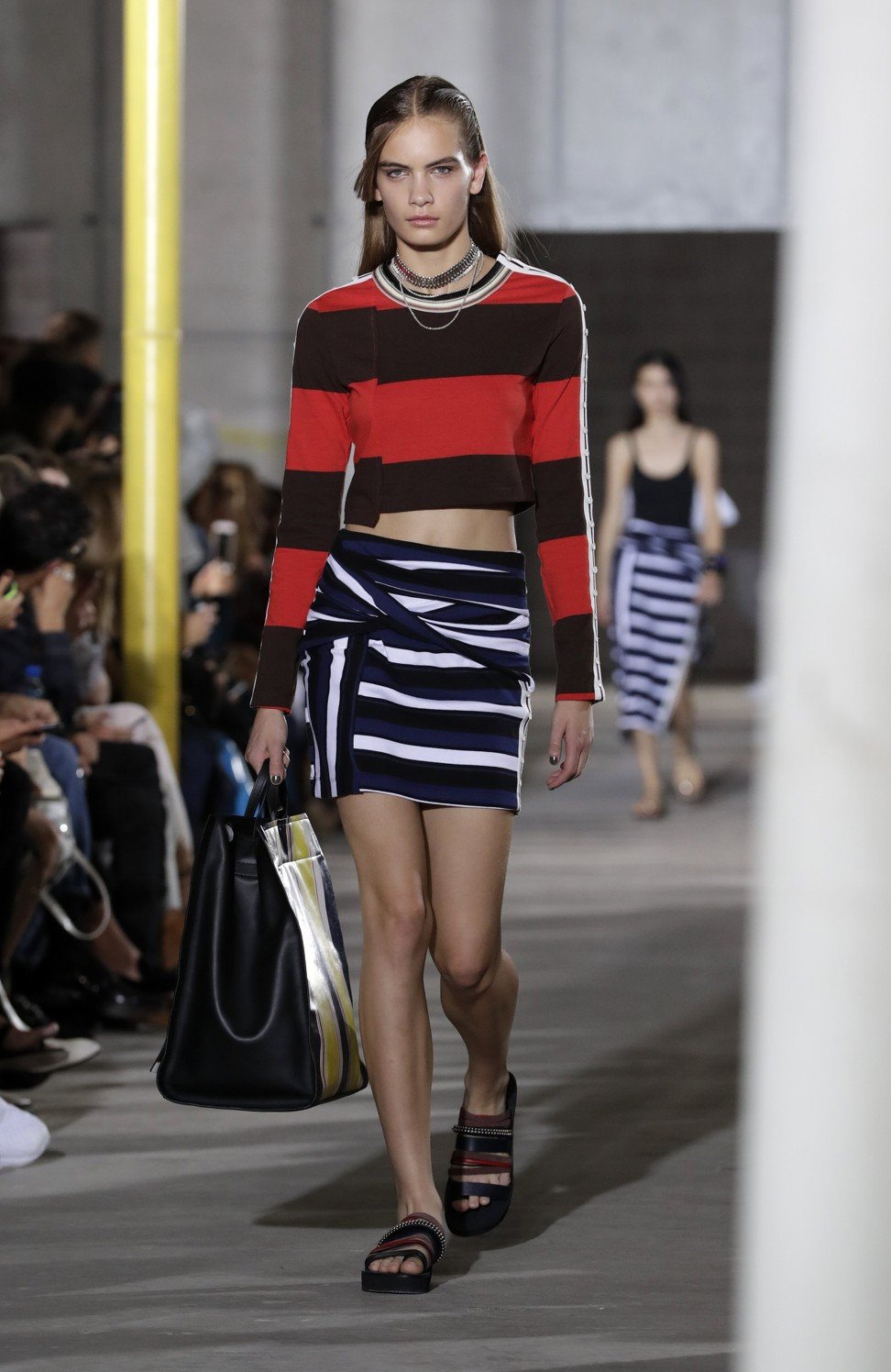
Phillip Lim talks about ‘Made in China’ stigma and being Chinese at Shanghai Fashion Week
The Asian American designer feels a strong connection to China and wants to change the stereotypical view of manufacturing in the country as poor-quality
“People are always asking me, ‘are you Thai, are you Chinese, are American, what are you?’,” says Asian American designer Phillip Lim from the stage at the Business of Fashion’s (BoF) first China Summit.
He joins a gathering of industry heavyweights and insiders, led by BoF founder Imran Amed, at the one-day event exploring the China and global markets and unpacking China’s unexpected power moves in fashion.

“In Chinese culture, things are not spoken. Growing up in the West, you’re so used to being vocal,” he says, “but in Chinese families, at home it’s always about respect and things you won’t have to be told. A lot of values and nuances … there’s humility and hard work.”
Lim is from an ethnically Chinese family, but was born in Thailand and grew up in the US, where his eponymous 3.1 Phillip Lim fashion label is based. His business partner Wen Zhou is from Ningbo in Zhejiang, eastern China.
Highlights from Shanghai Fashion Week: future sports, androgyny
The pair’s covetable fashion brand is among hundreds of American labels eyeing the massive China market as bricks-and-mortar fashion retailing struggles back home. But with their natural links to China, Lim and Wen have an advantage – they already operate four stores in the country, and China’s online e-commerce giant JD.com sponsored the label’s most recent New York Fashion Week show.

“It’s in my blood,” he says. “As I get older and older I feel more connected [to China] … Wen and I are children of immigrants, first-generation Chinese immigrants. We’re proud of who we are.”
Lim and Wen started their company at a time when New York’s scene seemed to be flush with new fashion brands led by talented Asian American creative directors such as Alexander Wang, Jason Wu and Peter Som. With a path paved by the previous generation, including Vera Wang, Anna Sui and Vivienne Tam, New York seemed the epicentre not only of nouveau 21st century American style, but also an urbane Asian American movement.
Fashion designer Phillip Lim celebrates 10 years in the industry
Lim’s elegant, cool-girl chic is founded on expert, modern tailoring and sumptuous fabrications – making the award-winning designer one of the most name-checked brands in New York.
“For us being ‘Made in China’ was a privileged thing – our products were being made by the most skilful, talented people,” says Lim. He acknowledges that it can be difficult within the luxury market to “counter the stereotype that ‘Made in China’ is subpar and secondary”.

“It’s going to take a long time [for this to change]. People still see it as a place that’s fast and huge and a black hole,” the designer says. “Our Chinese-based factories are so used to clients who just want cheap, fast and large quantities” that the skill of many of those workers was not fully developed or valued.
3.1 Phillip Lim will not rush its expansion into the mainland
“At first they were trying to tell me to machine-make it, as it would be faster and cheaper, but I insisted,” recalls Lim. The results? “That T-shirt became my signature,” Lim says with a smile.

“It is still quite daunting, it’s a huge marketplace. We try to approach it more like a boutique: slow and steady, otherwise you can become a victim.”
ᐧ

